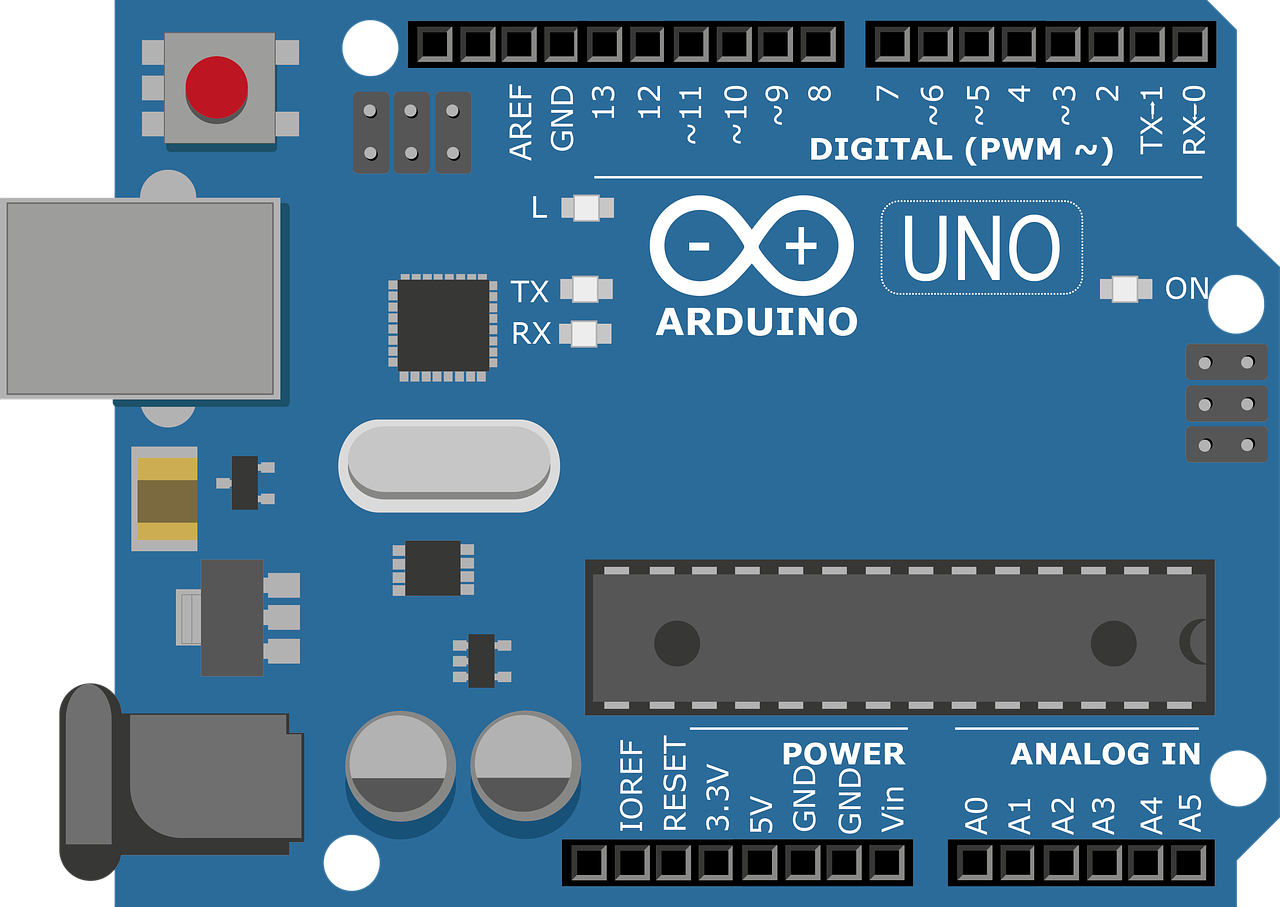Learning to code feels a bit like finding your way in a new city. There are so many paths to choose from, and it’s hard to know which one will lead you to where you want to go. While I’m still figuring out my route, I’ve come across some tools and resources that are making the journey easier (and maybe even a little fun).
Trying New Tools
Alongside my books and Udemy course, I’ve started exploring other platforms to help me learn. Each one offers something unique, and I think they complement each other well.
Mimo: Coding Made Like Duolingo
One app I stumbled upon is Mimo, which feels like the coding version of Duolingo. It’s interactive, easy to follow, and perfect for picking up basic knowledge. So far, I’ve used it to reinforce concepts like how variables work and the role of symbols like "" and (). The app turns learning into bite-sized exercises, which I love because it makes progress feel manageable even on busy days.
FreeCodeCamp.org: A Community Favorite
I also found FreeCodeCamp.org, a website that many people recommend for beginners. It has a ton of lessons, all organized into step-by-step modules. Although I haven’t started anything there yet, I can already see why it’s popular. It’s free, offers certifications, and seems packed with real-world coding challenges. I plan to dive into it soon and see how it compares to the other resources I’ve tried.
What I’ve Learned So Far
Every day, I pick up something new, no matter how small. Here are a few of the basics I’ve been practicing:
- Variables: These are like little containers that store information. For example, if you want the computer to remember your name, you can use a variable:pythonCopy code
my_name = "Sarah" - Strings: Strings are pieces of text. In Python, you wrap them in quotes (
"") so the computer knows it’s text, not a command. - When to Use
(),"", and Other Symbols:- Parentheses
(): These are often used in functions. For example, when you useprint(), the parentheses hold what you want to display. - Double Quotes
""or Single Quotes'': Both are used for strings. You just need to be consistent—don’t mix them in the same line. - Equal Sign
=: This assigns a value to a variable. Think of it like giving the container its contents.
- Parentheses
Understanding these fundamentals feels like learning the alphabet of a new language. Each concept builds on the last, and I’m starting to recognize patterns that make everything seem less intimidating.
Reflecting on the Journey
One thing I’ve realized is that learning to code is as much about finding the right resources as it is about practicing. There’s no single “best” way—it’s about what clicks for you. For me, having a mix of interactive tools (like Mimo), structured lessons (like Udemy), and hands-on challenges (like the ones I’ve tried with Git) keeps things engaging.
What’s Next?
Next on my list is diving deeper into FreeCodeCamp.org and seeing how it complements what I’m learning elsewhere. I also want to practice writing more Python code to get comfortable with its syntax.
If you’re learning too, I’d love to hear what resources you’re using or any tips you’ve discovered. This journey is so much more fun when we share it! Let’s keep exploring and learning together.
Discover more from My Coding and Robotics Journey
Subscribe to get the latest posts sent to your email.



